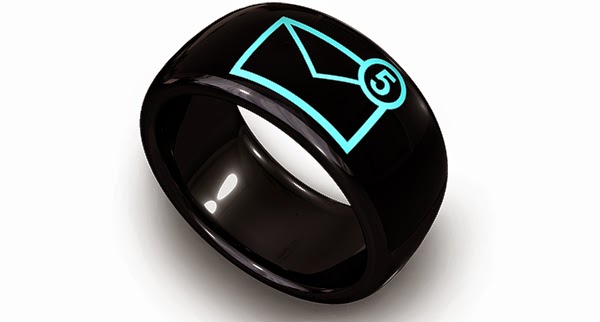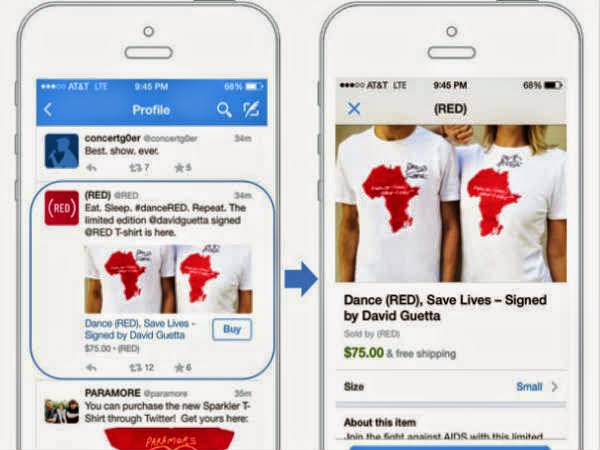Now after a whole range of smartphones and smart watches, we arrive to a whole new range of smart rings. No you must be wondering what that actually is. Well its work is not something grossly different to the phones and watches but then, it a lot more comfortable and catchy at the same time.
Now you can get hold of vibrating smart rings that can bring about the notifications right at your fingertips. It is basically very helpful in many fields. For example, if you have left your phone somewhere else then also you can get hold of your notifications and depending on the priority of them, you can do the required action. Not everybody can afford to have a smart watch, or carry them around with every outfit. But with a smart ring, no matter wherever you are, you can always have your notifications incoming and when they arrive, you will feel a vibration in your finger. This sound less technology will help you to receive updates and notifications even if you are in a meeting.
Where can this be mostly used?
If you are wondering about the usage of this gadget then it is to be clarified that it is perfectly user friendly. All you have to do is to receive the messages and then click on it to have the details of these. Then go back to your smartphone and have those issues taken care of. This ring can be used in case where you want to leave your phone behind and go somewhere.
This gadget should really be used by the individuals who are engrossed in the corporate houses as because they have to take care of a lot of issues at a go. Not only that, it also acts a reminder of all the prior appointments if you have them registered in it.
It can act as a great reminder:
By this you can have the privilege of having your work done in the time that is scheduled. This is because, once you have the time and date along with the required event given in it prior to the actual date, then you get alarms in both written and voice form within regular intervals of time. This means that there is no chance by which you can have your work done within the given time.
Read messages clearly
Do not at all be fooled by its size. This is because it not only shows the notifications, but it can open the messages clearly and therefore you will be able to read them and attend to them right away so that even if you do not have your phone you can always attend to those messages of more importance.
You can have the alarm in just the way you want to. This makes the work even easier as because, when you are inside a meeting then you can have the alarm turned to silent to avoid disturbance of any manner.










